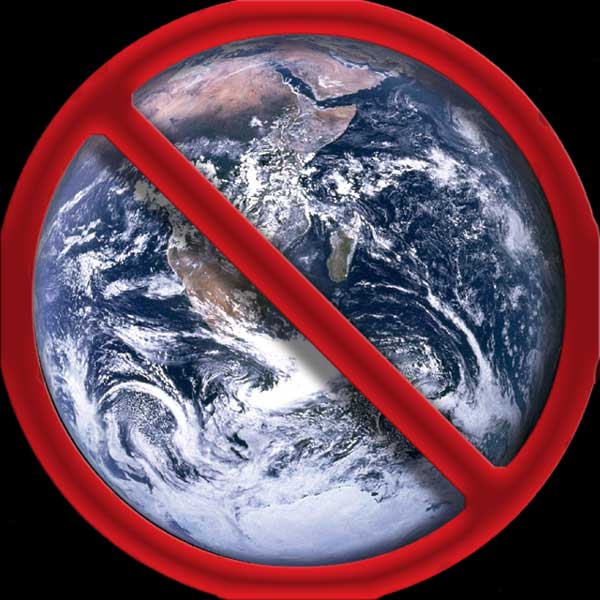
The fragility of Earth, conveyed by the Blue Marble images taken by the Apollo 17 crew on the way to the Moon in 1972, is apparently only a figment of "climate change religion." Calling spring a “season of renewal”, while jokers and thieves in the federal government eviscerate long-standing environmental protections, feels a bit like throwing a garden party at a coal mine. Earth Day may be abolished by executive order! Too much confusion? Get some relief from the miracles of your natural world. The hour is getting late!
April 22 was officially designated Earth Day in 1970, following a years-long campaign led by Wisconsin Senator Gaylord Nelson. Nelson is widely credited for helping lay the groundwork for landmark legislation like the Environmental Protection Act, the Clean Air Act, the Clean Water Act, and the Safe Drinking Water Act. That same year, under President Richard Nixon, the United States Environmental Protection Agency (EPA) was established to safeguard public health and the environment. Neither Nelson nor Nixon would stand much of a chance in today’s political climate.
Recently, current EPA Director Lee Zeldin announced plans to roll back more than two dozen federal protections related to air and water pollution. Among the targeted measures are limits on industrial soot—a pollutant linked to respiratory illness and premature death—and restrictions on mercury emissions, a potent neurotoxin. Zeldin also signaled his intention to dismantle the EPA’s authority to regulate carbon dioxide and other greenhouse gases, dismissing the scientific foundation of climate regulation as nothing more than “the holy grail of the climate change religion.”
For decades, this publication has championed sustainable environmental policies and a deeper connection with the natural world. Nowhere are these principles more vital than in the New Jersey Highlands—a region long vulnerable to the pressures of unchecked development. In 2004, after years of advocacy and a bipartisan push in the state legislature, the Highlands Water Protection and Planning Act was signed into law. First proposed in 1990 and extensively debated, this ambitious initiative designated 395,000 acres as Preservation Area and placed strict limits on development across 145,000 acres of private and municipal land. The act enabled acquisition of key watershed parcels, empowered a regional council to veto large-scale developments, and enacted immediate bans on building in sensitive areas like steep slopes, stream corridors, and forests.
We have frequently referenced the insights of Thomas Berry, particularly his 1993 paper on what he called the new political alignment. In it, Berry wrote with remarkable foresight:
“The older tension in human affairs between conservative and liberal based on social orientation is being replaced with the tension between developers and ecologists based on orientation toward the natural world. This new tension is becoming the primary tension in human affairs.
“This new alignment should not be taken as if the ecology movement were a New Left movement or a new liberalism. For the ecology movement has moved the entire basis of the division into a new context. It is no longer a division based on political party or social class or ethnic group. It is a division based on the human as one of the components within the larger community of the planet Earth.
“In this new alignment, those committed to industrial-commercial development of natural areas see this development as inherently progressive. Those committed to the integrity of the natural world and their indigenous peoples see this development as degradation, since the intrusion of the human into the life systems of the planet has already gone beyond any acceptable limits.”
Berry’s words remain just as relevant—if not more so—today, as we watch vital protections eroded under the guise of progress. The stakes are no longer abstract. They are written in the air we breathe, the water we drink, and the world we will leave behind.